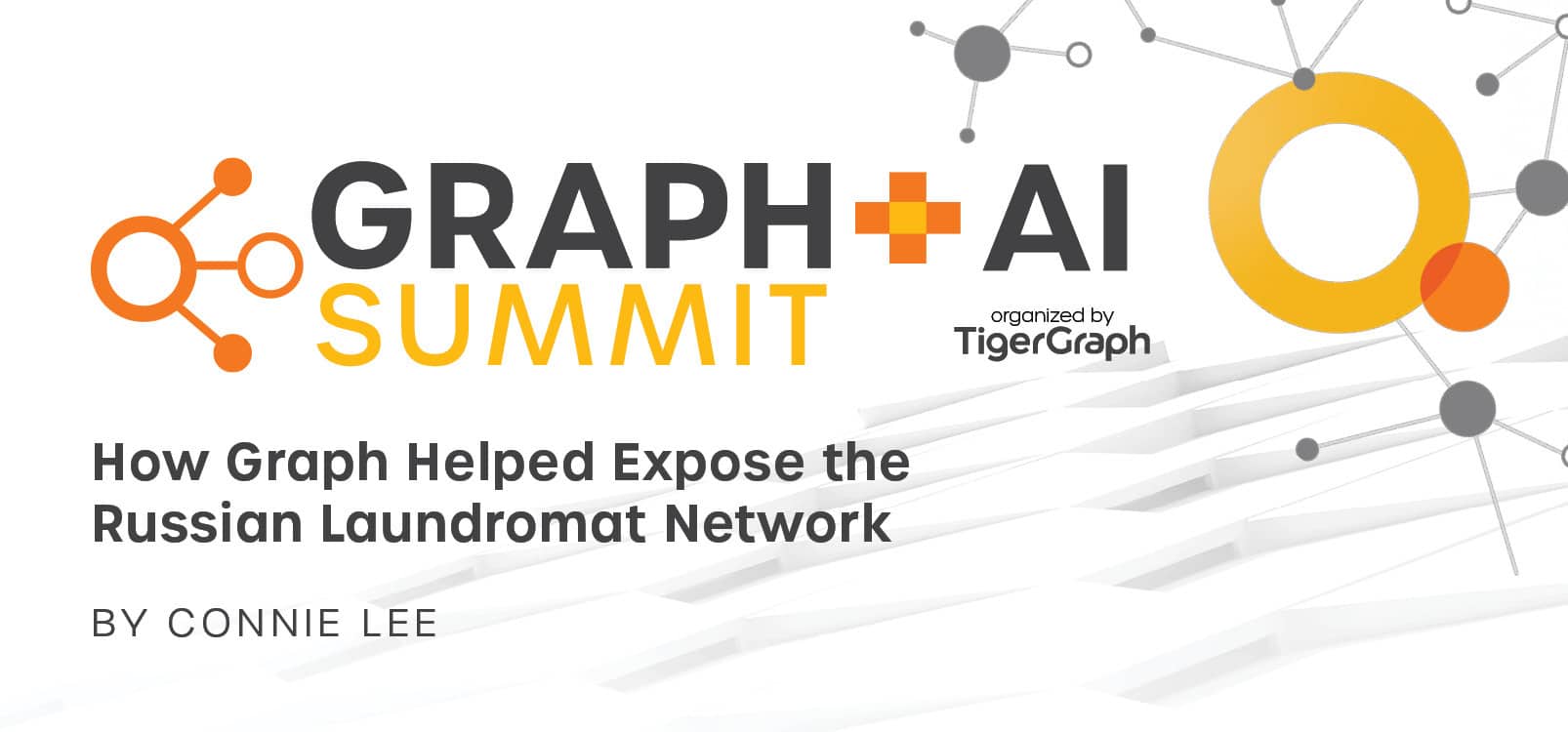How Graph Helped Expose the Russian Laundromat Network
- Blog >
- How Graph Helped Expose the Russian Laundromat Network

Money laundering, fraud, and corruption are everywhere. The criminals behind it all have developed multilayered, intricate ruses to carry out their crimes, some of which are so complex that law enforcement officials can’t keep up with them.
Fortunately, these crimes have proven to be no match for graph analytics.
During the 2022 Graph + AI Summit, Jeffrey Stein and Gabriele Simeone from Deep Discovery, an artificial intelligence company that focuses on global corruption, showed how beneficial graph analytics can be uncovering these criminal activities, using the vast network of the Russian Laundromat as an example, and their importance in the future of financial crime.
“Starting with the leads we initially got from TigerGraph, we expand the network and find that they’re connected to dodgy companies that are likely to be involved with money laundering.” Gabriele Simeone, Deep Discovery
How did Graph Help Solve the Russian Laundromat?
The Russian Laundromat was a scheme carried out by about 500 people to move billions of dollars out of Russia between 2010-2014. The criminals involved in this were able to move the money without tracing it back to them through global banks.
During their presentation, Jeffrey and Gabriele explained that through the leads they received from TigerGraph, they were able to expand their network of data enough to discover who and what the criminals were connected to. Each data point showed a clear connection to a dodgy person or company that could be proven to be involved with money laundering.
What Does This Mean for Future Criminal Financial Vehicles?
To put it simply, criminal financiers are limited with what they can currently do thanks to how advanced graph analytics have become. This means that if they want their vehicles to get past graph, they will have to constantly devise bigger, more complex plans.
For companies like TigerGraph, this is great news because:
This Gives Graph Analytics MORE To Learn About Crime
Graph analytics platforms are continuously learning, meaning that the more they are fed with information, the more precise they become with detecting and identifying suspicious patterns, anomalies, and more.
Ultimately, this means that the opportunities of what graph technology can do about crime is limitless. As data continues to travel through the platforms, graph analytics can reveal more about entire networks of connections and their nuances in areas other than just money laundering.
They Can Help Law Enforcement Save Time and Money
In terms of money laundering, graph platforms perfectly augment the resources law enforcement already have because they can connect data points in record time without having to spend more money on productivity.
By investing in graph analytics, law enforcement offices are better able to distribute their manpower and take on crime more efficiently, all because they have an advanced platform on the backend that provides the significant information they need.
Utilizing TigerGraph To Fight Future Crimes
Because of the success with the Russian Laundromat, TigerGraph has shown even more how much of a meaningful role graph has within society. Not only did graph analytics expose how billions of dollars were moved through a global network of banks, but that data has the ability to stop future money laundering, keep people safe, and ensure money stays in places that would benefit from it the most.
Again, this is just the beginning for companies like TigerGraph and crime. Thanks to its ever-changing machine learning capabilities and intelligence, graph analytics has already made strides in other areas like terrorism, human trafficking, drugs, and more. As it progresses, it will continue to prove to be a force to be reckoned with against all criminals.
To learn more about how Deep Discovery works with TigerGraph to fight fraud and money laundering, watch the full session from the Graph + AI Summit.












